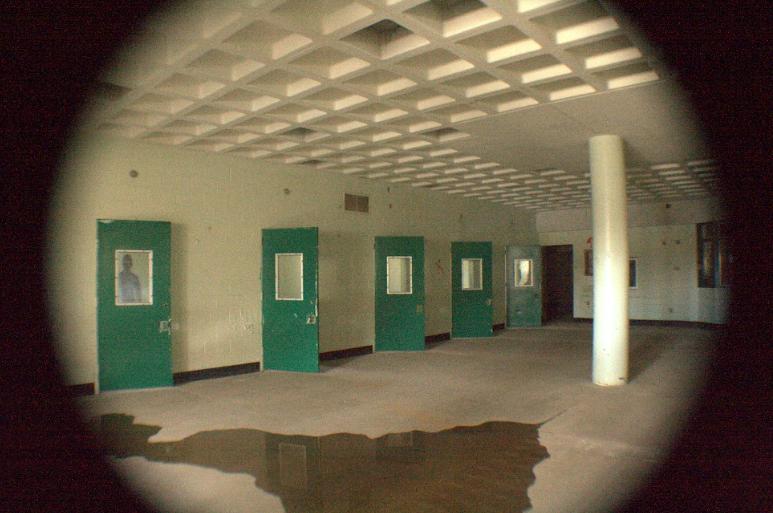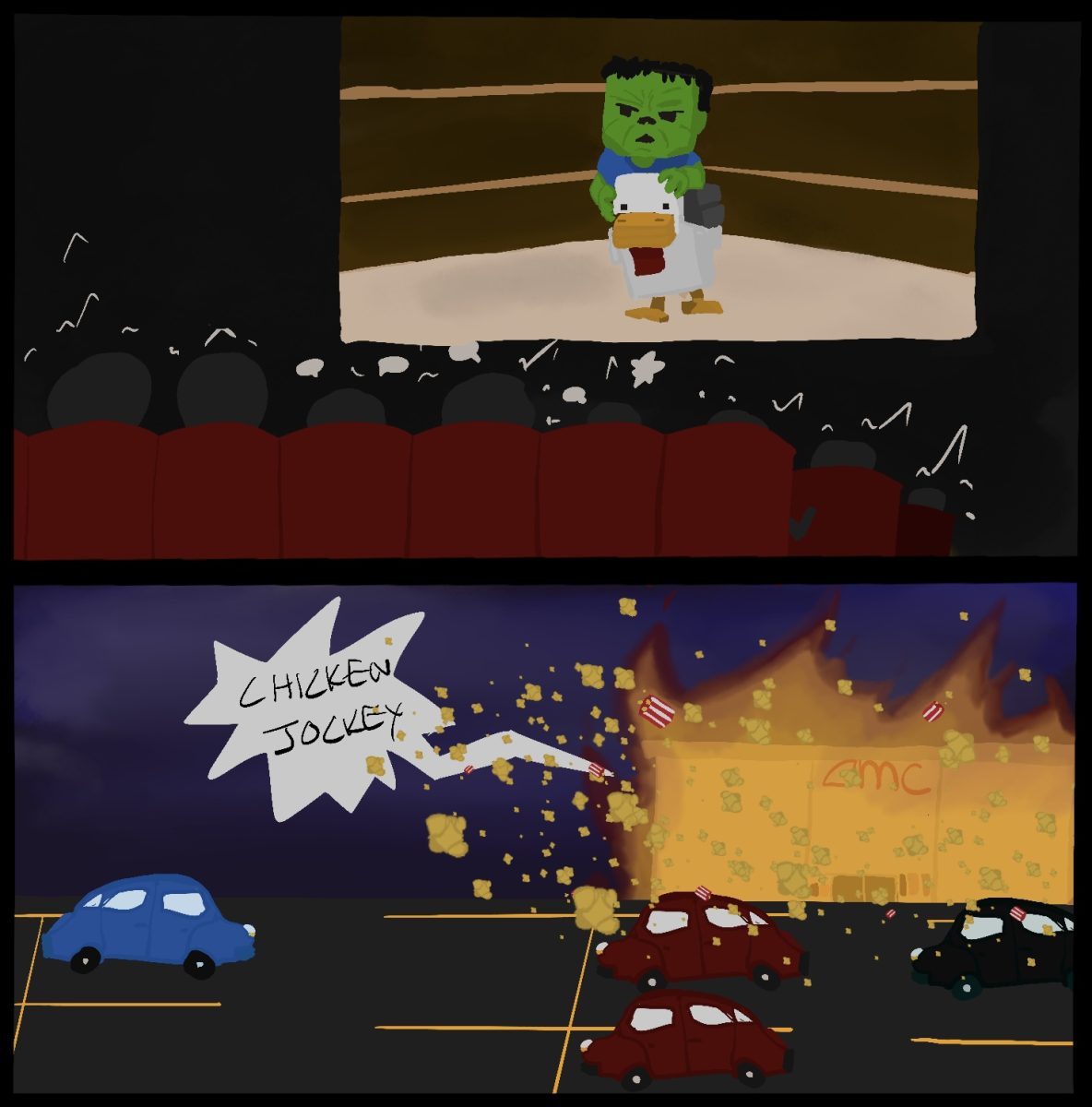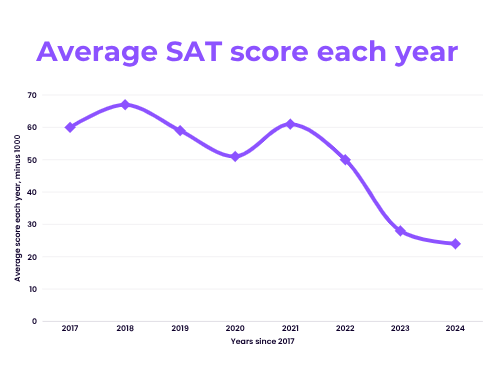Standardized testing has been around for a long time. 1926 marked the implementation of the SAT or college entrance examination, and 24 years later, the ACT was added. Education in the 19th century looked a lot different than today, and verifying a student’s readiness for college could only be determined by taking a standardized test. Today, as technology and computers evolve, some educators wonder if this system is still the best way to test a student’s ability to learn.
The SAT and ACT can help colleges evaluate students’ skills in mathematics, English comprehension, and memorization. Yet, some educators argue that more important subjects are being overlooked. The SAT and ACT reject creativity, real-world application, and critical thinking in their testing process, favoring short-term memorization instead of deeper learning. Senior Elizabeth Doup highlights the inconsistencies of the SAT and ACT.
“I don’t think the tests are a good representation of your abilities because you might be nervous that day,” Doup said. “It’s also on a computer, and there’s a lot of other factors you have to take into account.”
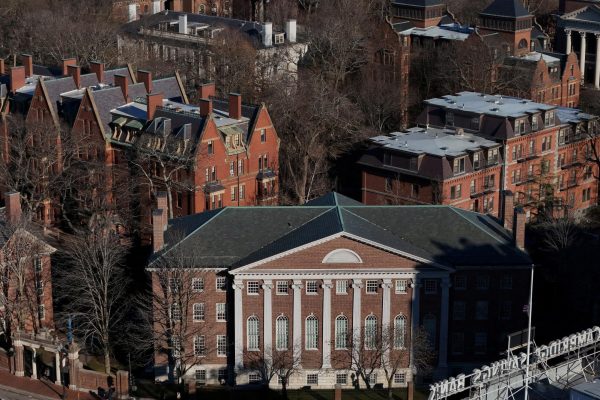
Furthermore, the subjects standardized tests choose to focus on are still tested inaccurately. These tests do not measure understanding, and continue to neglect true learning. The SAT and ACT are also biased, as students with different socioeconomic backgrounds can fall behind in test preparation and accessible opportunities. Harvard University has even discovered that socioeconomic status is a better predictor of a student’s SAT score than grade or education level. The SAT and ACT are catered to wealthier students, even though knowledge and readiness to learn encompasses people of all backgrounds. Standardized tests are truly partisan, and prove that education is a biased institution.
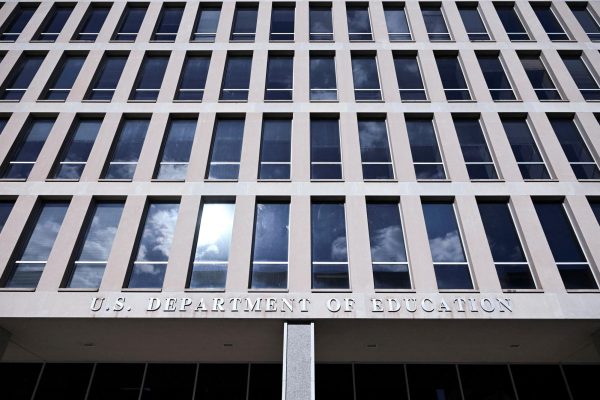
While standardized tests are biased, many teachers argue that there is a place for them in our education system. They establish a universal standard for students and allow for the comparison of individual abilities. It can be hard for colleges to consider students of similar GPAs, extracurriculars, and interests, which is why test scores can be a huge deciding factor in the admission process. They can also benefit the district by supplying teachers and administrators with important information. The SAT and ACT can show gaps in student learning and allow teachers to take a second look. Standardized testing can go beyond just this measure of learning, due to a survey before the test. Steven Ast, the director of teaching and learning at Lakewood City Schools, explains why the SAT and ACT are important in more detail.
“Standardized testing is one source of information for us to kind of keep track on how students are mastering skills and learning content,” Ast said. “It’s obviously not a full picture, but it’s definitely something to keep an eye on…It’s important to get a pulse of how students are achieving the standardized tests. They kind of let you compare to, you know, a larger population of students, so students across the country and students across the state.”
Testing can also be an indicator of student progress, and now, with new technology, students can find their biggest weaknesses before submitting their scores. SAT prep, such as College Board or Khan Academy, can give students personalized feedback based on practice tests, allowing them to improve on the real ones. Junior Paisley Norris explains these programs and how they are preparing her for the upcoming testing season.
“I’ve been using this program through College Board that connects with Khan Academy, and it takes your PSAT scores and it directly gives you the weak spots you need to work on,” Norris said. “And then there’s also SAT boot camps at the library I’m going to with a friend so we can practice and take practice tests.”
While test preparation is becoming increasingly highlighted, some educators continue to wonder if the SAT is an evaluation of how much you know or simply how well you studied.
Test prep raises the question of whether or not the SAT and ACT are biased towards those with better counseling. Opportunities for test readiness prove to be both good and bad for students, helping them do well on the SAT but simultaneously detracting from what it truly means to learn.
Although there is a recent focus on SAT preparation, the average SAT score hasn’t been increasing. Since the format change in 2016, the year with the lowest average score is 2024, coming in at an ironic grade of 1024. This decline in test scores can be attributed to the decreased relevance of the SAT in college admissions. Yes, the tests allow colleges to organize students using a universal benchmark, and they do serve some purpose. However, in recent years, especially since the pandemic, colleges have started to make standardized testing optional. Due to some college’s concerns about testing equality and fairness, they are taking a step back from the SAT and ACT. Because of this, students aren’t as stressed about their test scores, and can finally take a break from a test centralized education system.
“I was kind of in the mindset that it matters, but it also doesn’t,” Doup said. “For some schools, like the school I got into, it doesn’t matter what grade I got. I didn’t even submit my test results.”
Standardized tests have many advantages and disadvantages. Their future is uncertain, especially with the rise of technology and AI resources. Mr. Ast predicts that technology will have a huge impact on the future of testing.
“I think the technology will get better and better and more personalized,” Ast said. “And I think that personalization will help kids focus in and learn the skills that they need.”
The SAT and ACT are huge contributors to our education system. However, these tests harbor many flaws that must be corrected as education progresses. Colleges are already starting to move past these tests, proving their declining importance and usefulness in education. Standardized testing has been a staple in education for the past 99 years. And now, in the 21st century, it seems we are finally taking a second look at this century-old system.





































